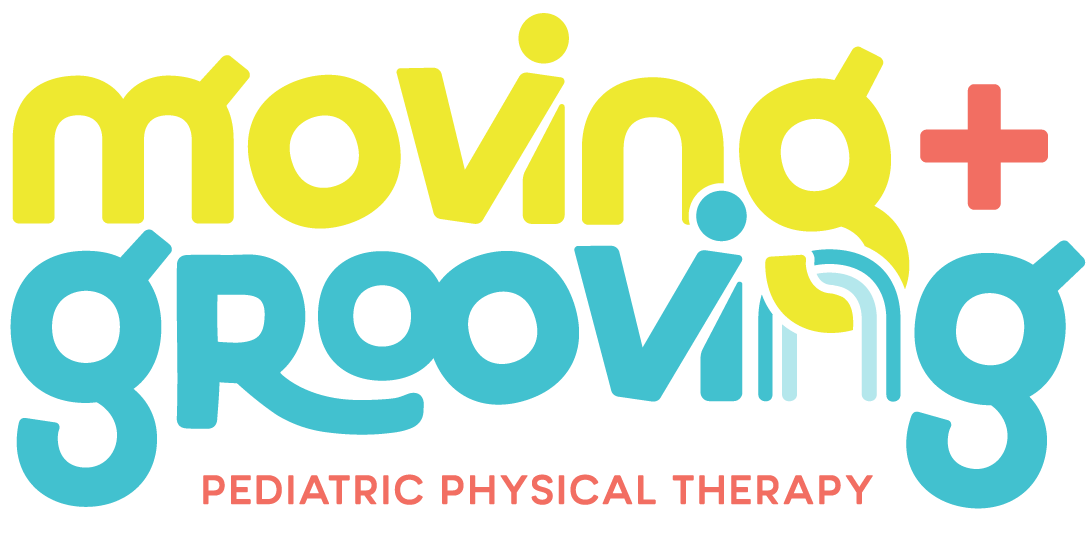
How to get Baby to Roll Over
The earliest gross motor milestones for infants include bringing hands to midline, developing head control, tolerating tummy time, and rolling over. Rolling over is a skill that is incredibly important for babies to develop, particularly because of its function of keeping baby safe. The Back to Sleep Campaign started in the 1990’s secondary to many infants dying of SIDS (sudden infant death syndrome), as babies were being put to sleep on their tummy but did not have the skill or strength to lift their head up or roll over if they were having a hard time breathing. Note: If you do have a baby who prefers to sleep on their tummy, and cannot yet lift their head up and roll over, only allow them to sleep on their tummy if you are fully supervising them in the same room. Rolling over is also an important skill because of its eventual use in helping baby move around. If a baby’s favorite person or toy is out of reach, they are only able to get there through moving on the ground.
How to get babies to roll over requires head control, core strength, coordination, body awareness, and a bit of motivation.
Developing head control is done through tummy time, baby situps, supported sitting, and carrying baby without head support. Of course one must use discretion when deciding how much support their baby’s head needs, so ensure that their head is not easily moving between their chin on their chest to the back of their head nearly on their back.
Core strength, or strength around the abdominals, back, and hip region, is important for nearly all gross motor development. The core holds all of our organs inside of our torso. It allows us to be vertical against gravity. It encourages use of both sides, or both halves, of the body. When the core is strong and activated, it allows us to perform activities with less energy. Our core is also important at injury prevention, as it pulls the body’s muscles and joints in towards the middle of the body rather than allowing them to be separated, and possibly get stuck in a position that would cause pain. An example if this would be hyperextension, or when a joint moves past its normal range of motion that it should be achieving.
Coordination, or moving certain body parts together, is required for baby to learn how to roll due to needing one side of the body to flex and the other side to extend. It is needed to bring baby’s hands and feet together at the same time, hovering above their tummies. If your baby is unable to move certain body parts together, due to the complexity of rolling, they may require additional support and physical therapy prior to working on rolling.
Body awareness is needed to help baby learn how to roll over because of all of the aspects required to roll. If a baby is unsure of how to use their hands, where their arm is positioned or that they have body parts that they cannot see, rolling becomes extremely difficult. Body awareness is developed through exploration, teaching baby how to use certain parts of their bodies for certain tasks (cause and effect), showing them the middle of their body (midline play) and providing tactile stimulation (touch) during play and infant massage.
In order to get our baby to do anything, particularly something that is challenging, like rolling over, we must find ways to motivate them, since they cannot understand simple instructions. What motivates your baby? Likely, you! Consider yourself, including your love, affection, warm embrace, soothing voice, etc., the ultimate prize! Yes, baby toys are important, but when infants are learning new skills, they generally want to be rewarded by you. If you create some physical distance between you and your baby and call to them, they are usually keen to get back into your arms. If you are trying to help your baby learn how to roll and they are a bit older, use of motivating toys that make sound, light up, move around, or provide reflection, are the most helpful toys to employ.
If your baby is older than 5 months and they are not yet rolling, physical therapy may be warranted to help them reach this motor milestone.
